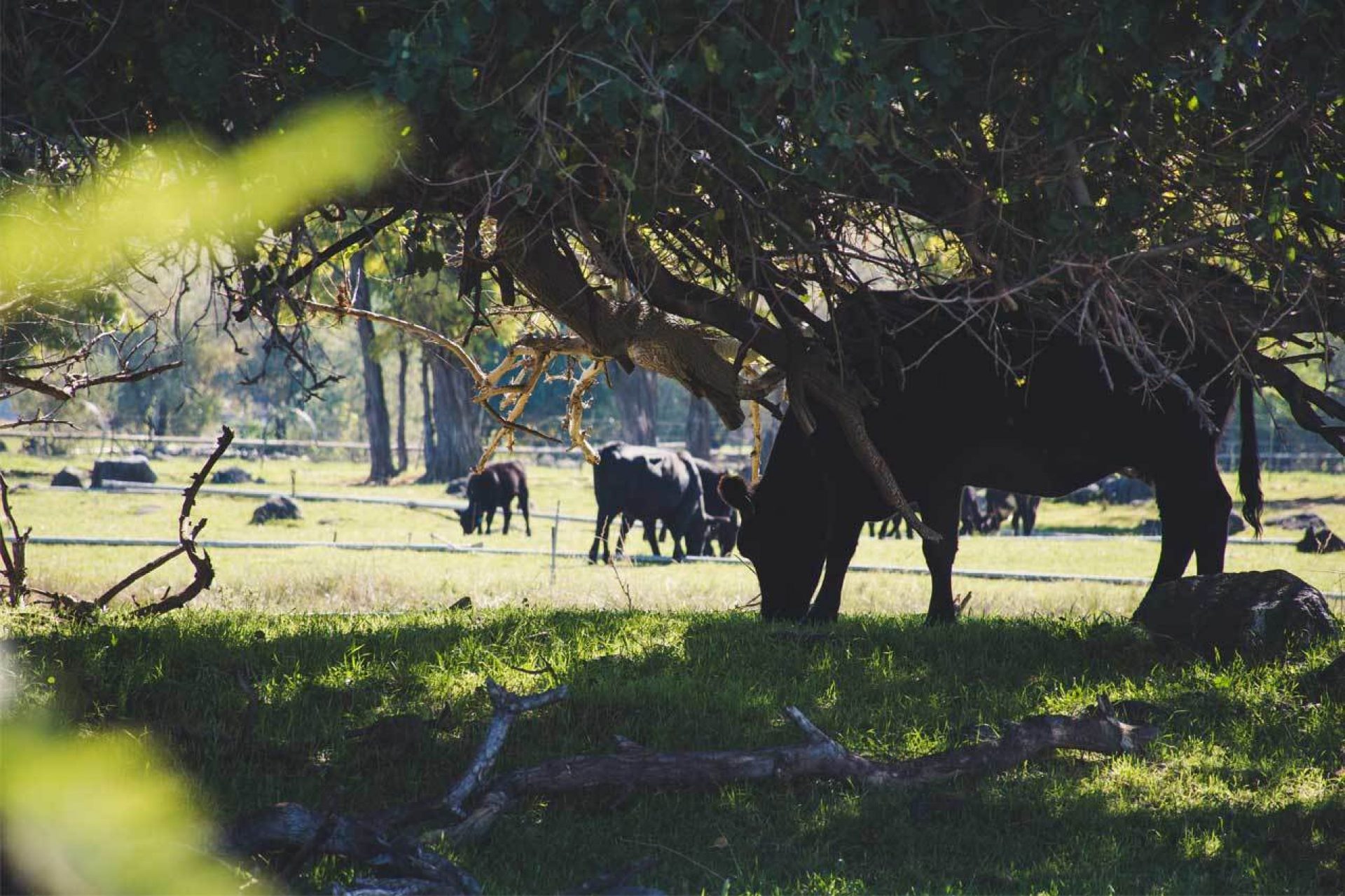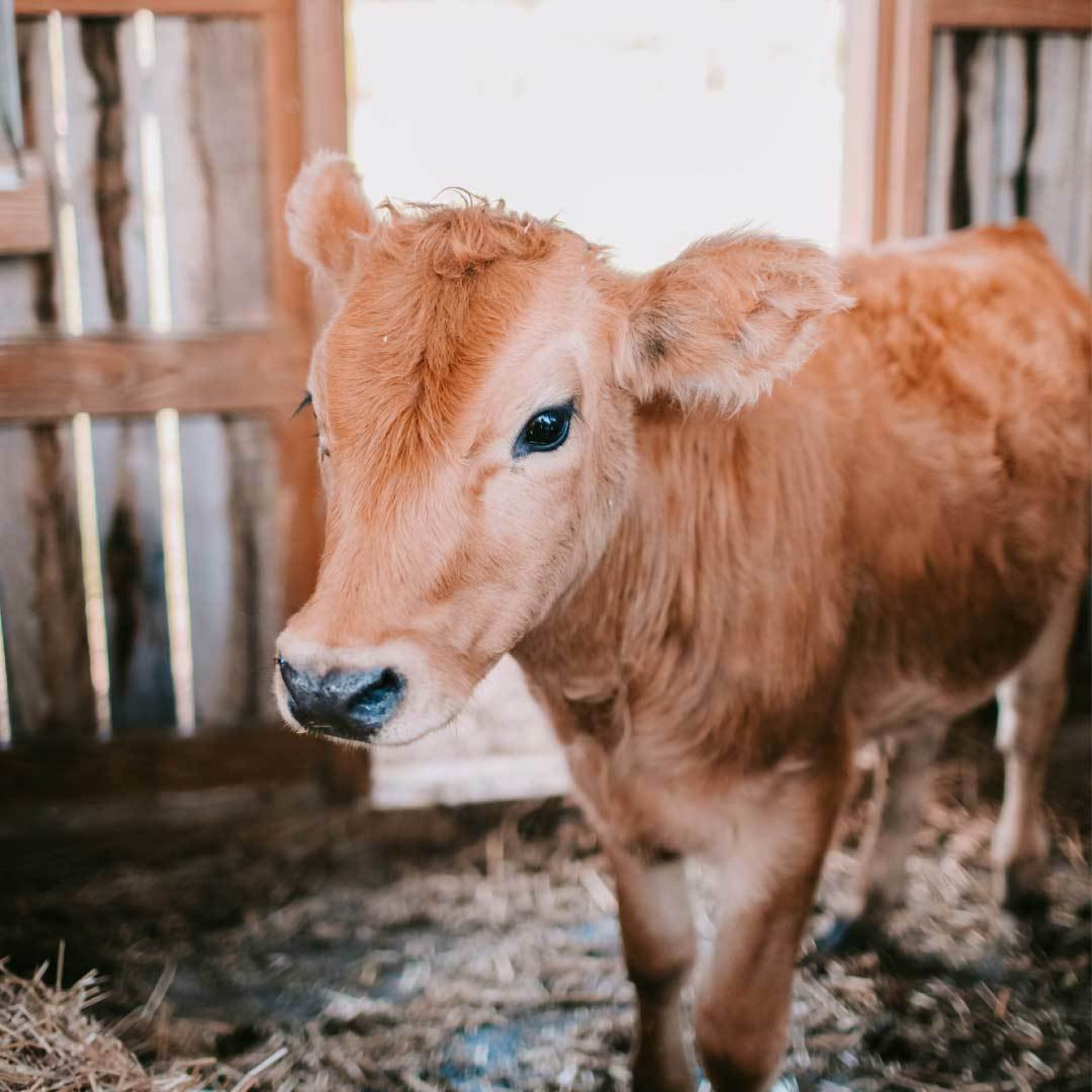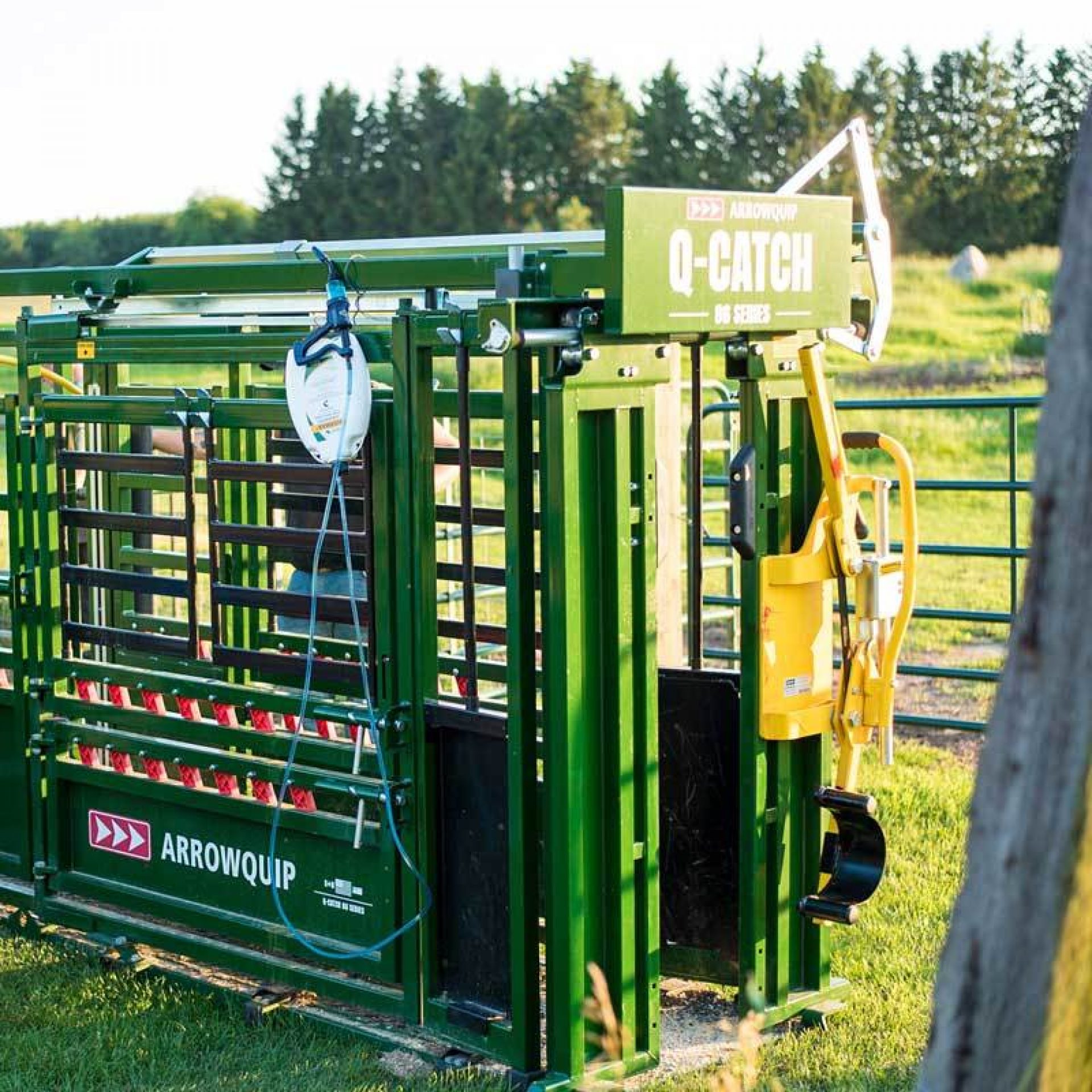Just Say No: 5 Bad Cattle Handling Habits

We're all human, and while we know the best management practices for handling cattle, occasionally we revert to bad habits. These bad cattle handling habits in squeeze chutes can be dangerous for handlers and cattle. They also negatively impact business revenue.
Here are five bad habits the cattle industry needs to be aware of and eliminate from our practices.
1. Bad Handling Tips
There is a plethora of information available to cattle handlers on the Internet, from other stockmen, friends, and family. Unfortunately, not all of the information and handling tips available are practices that should be promoted in the cattle industry. There are a lot of myths about cattle handling, and it is important to find the facts.
The Solution: Research cattle handling tips, and check the sources of any tips you receive. Quality sources include noted stockmen, animal behaviorists, and Cooperative Extension. Examples include Dr. Ron Gill from Texas A&M and Dr. Temple Grandin from Colorado State University. You'll find the best handling tips are consistently recommended by multiple sources.
2. Dangerous Chute-Side Practices
You may take a shortcut once when you're in a hurry working chute-side. If you're lucky, nothing bad happened. No handlers or cattle were hurt. This is exactly how a bad habit forms. Chutes were designed to be used a certain way with safety and efficiency as the focus.
The Solution: Schedule regular training updates for all employees that handle cattle. Create guidelines and best management practices for cattle handling at your facility that mitigate risk. Post best practices in chute areas where all employees can regularly see them.
3. Overcrowding
You know how many cattle will fit in your alleys and holding pens. Occasionally we try and fit "just a few more,À or take a shortcut so that we can work one fewer group of cattle. These are bad habits to develop. Cattle stress increases, as does risk of injury to cattle and handlers. Overcrowding can also create future squeeze chute handling issues in cattle being worked.
The Solution: Stop and evaluate the situation. What are the pros and cons of adding a few more cattle into the tub or alley? Better yet, make a rule for your operation. You know how many cattle your tub or alley will fit. Post the maximum capacity number where it's easily seen. Refresher training courses for cattle handlers and best management practices for your operation will help stop this bad habit, and encourage the formation of correct habits.
4. Moving too Fast
As noted by Dr. Ron Gill and Dr. Ron Machen of Texas A&M, you must slow down in order to be fast when working cattle. If you're rushing in the chute area the amount of stress the cattle are experiencing increases. Negative reactions from stressed cattle hinder progress of your work. Even when you think that you're not working the cattle, you are. If you are in their presence, even just walking to the back of the tub or alley to move them to the chute, the perception to the cattle is that they're being worked.
The Solution: Effective stockmanship skills have cattle handlers moving slowly and intentionally while working cattle. You should always be evaluating how the cattle are reacting to you, and your next move in working the cattle should build off of your previous move.
5. Not Investing in Proper Equipment
Some cattle operations still operate with homemade squeeze chutes. Others bought a squeeze chute years ago, but it's the wrong size for the cattle being worked, or setup for the operation. Occasionally equipment breaks, and is fixed with supplies on hand, such as baling twine. We understand that economic viability in the cattle industry is challenging. Cattle equipment has been our business for over 30 years, and we know the vast amount of inputs required before your cattle operation creates revenue. You can't ignore the costs associated with not using the correct equipment, or fixing equipment appropriately when it breaks or needs to be replaced.
The Solution: Investing in the correct squeeze chute for your operation, and keeping your equipment in good working order is an investment that quickly pays for itself through decreased injuries. Depending on the type of injury, preventing a hospital bill or cattle loss could cover the price of the appropriate squeeze chute. Evaluate your squeeze chute, the needs that it fills for your operation, and how safe it is. Consult your veterinarian for an impartial opinion on your equipment. Carefully consider whether it's time to upgrade or invest in your squeeze chute.
Make changes to eliminate a bad habit and replace it with effective practices if you recognized a bad habit in this list that has crept into the daily practices on your operation. In the long run, good handling habits translate into less stress for cattle, increased efficiencies, and a stronger bottom line.
References:
Atyeo Lee, J. (2017). Back off, and ease cattle stress: Grandin. AgUpdate. Available at https://www.agupdate.com/lives...
Gill, R., & Machen, R. (2014). Cattle handling pointers. Texas A&M AgriLife Extension.
Olson, L.W. (2006). Cattle handling facilities are safety equipment. Clemson Cooperative Extension. Available at http://media.clemson.edu/publi...
Reuter, R. (2014). 7 habits of highly effective stock handlers. On Pasture. Available at https://onpasture.com/2014/07/...
About the Author

Dana Charban
As a small town girl from rural Manitoba, Dana Charban grew up around agriculture and farming her en...More Information on Dana Charban
Email Dana Charban:





Comments
Join the Discussion
Comments